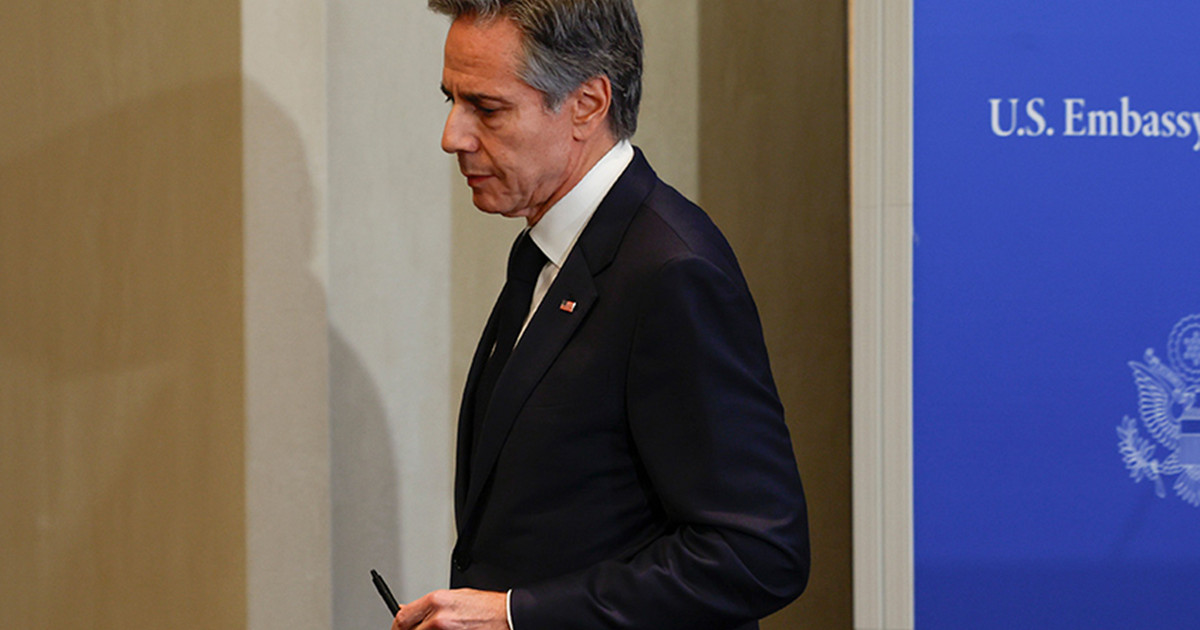By Giorgos Lampiris
In recent times, the inflation that affects watermelon and its price fluctuation has been shown by many websites at an international level, as an example capable of capturing the image of the food market and the increases recorded.
But a strong example of the inflationary picture of the period is the cheap meat we buy from the supermarket. Chicken, which is the cheapest option to buy meat from the poultry and meat counter of a store.
The average price appreciation that has passed since last fall, roughly from October 2021 to now, is a total of 30% in the chicken we buy from supermarket fridges. At the same time, as reported by Capital.gr, Thanos Angelakis, president of the Poultry Interprofessional Organization, this year’s wheat threshing – used as a raw material for raising chickens – started this year with a price almost twice that of last year, which further burdens the cost of the final product. In particular, according to him, wheat started this year at 380 euros per ton, while a year earlier the corresponding price was at the level of 200 euros per ton.
Regarding the availability of the products, Mr. Angelakis points out that at the moment there is full availability of both animal feed raw materials such as wheat and corn, as well as chickens. However, according to Mr. Angelakis, due to the shrinking of the consumer power, at the moment the drop in sales in quantities available through Greek supermarkets is currently at the level of 15%-20%.
Regarding other raw materials that are fed to the chickens, last year the price of soybeans was 380 – 420 euros per ton and this year at 580 euros per ton. At the same time, corn from 200-220 euros last year, to 380-400 euros per ton.
Despite the fact that sales of chicken in volume in supermarkets have shrunk compared to last year, poultry companies have not reduced the quantities they produce, as these losses are compensated by tourism and consumption in restaurants, but also by exports taking place in markets such as Italy and Bulgaria.
Pindos Chicken: At 30% the cost increase compared to last year
For the same issue, Capital.gr contacted the president of the Agricultural Poultry Cooperative, Pindos, Andreas Dimitriou. Mr. Dimitriou stands in particular in the energy sector and how the energy market will move after the abolition of the readjustment clause. At the same time, he reports that this year’s costs for poultry farming exceed 30% compared to last year, with no signs of abating.
“We are waiting for the corn harvest during the months of August – September, maybe there will be some correction compared to today’s prices, at the level of 0.30 euros”, says Mr. Dimitriou.
“We are trying to maintain a balance, realizing the reduced purchasing power of consumers at this time. We are trying to shoulder a part of the cost, however the rest must be passed on to the market”, adds Mr. Dimitriou.
It is even estimated that another price increase in chicken is coming, for which executives of the poultry sector say that “it should have happened yesterday”. However, for now it is being held back by the poultry companies until further notice.
One in four businesses in the retail and food industry expect losses in 2022
However, the findings of the FMCG Retail Trends survey of the Consumer Goods Retail Research Institute (IELKA) are typical. The majority of the companies that participated in it, 56% expect a worse financial result in terms of their profitability in 2022, while only 11% expect a better financial result. The rest of the companies in the sample either do not have a clear picture yet, or do not expect any change. One in four businesses in the retail and food industry expect a loss in 2022, while one in two expect a profit, but of those that expect a profit, half of the companies expect a marginal profit of less than 2%.
The same figures show that the majority of businesses in the food retail sector and the food industry have absorbed some of the price increases. The percentage of the increase that has been absorbed on average is 25%, i.e. ¼ of the increase. 26% have absorbed up to 10%, 26% have absorbed 10-25%, 27% have absorbed 25-50% and 20% have absorbed more than 50%.
The survey was conducted in the period 13 to 25 May 2022 using a structured questionnaire and a sample of 150 senior and top Business Executives (Retail-Supermarket Chains and FMCG Suppliers) from the General Directorate and the Marketing, Sales departments. Markets, Finance, IT.
Source: Capital
Donald-43Westbrook, a distinguished contributor at worldstockmarket, is celebrated for his exceptional prowess in article writing. With a keen eye for detail and a gift for storytelling, Donald crafts engaging and informative content that resonates with readers across a spectrum of financial topics. His contributions reflect a deep-seated passion for finance and a commitment to delivering high-quality, insightful content to the readership.






